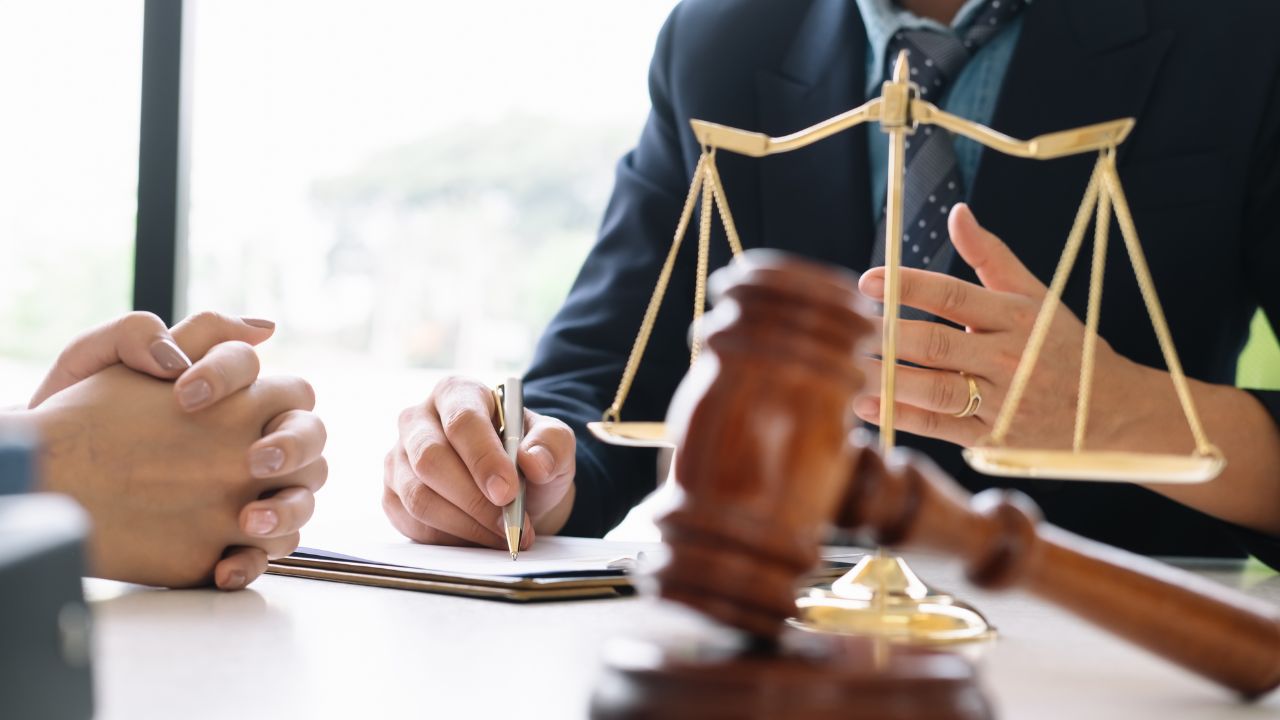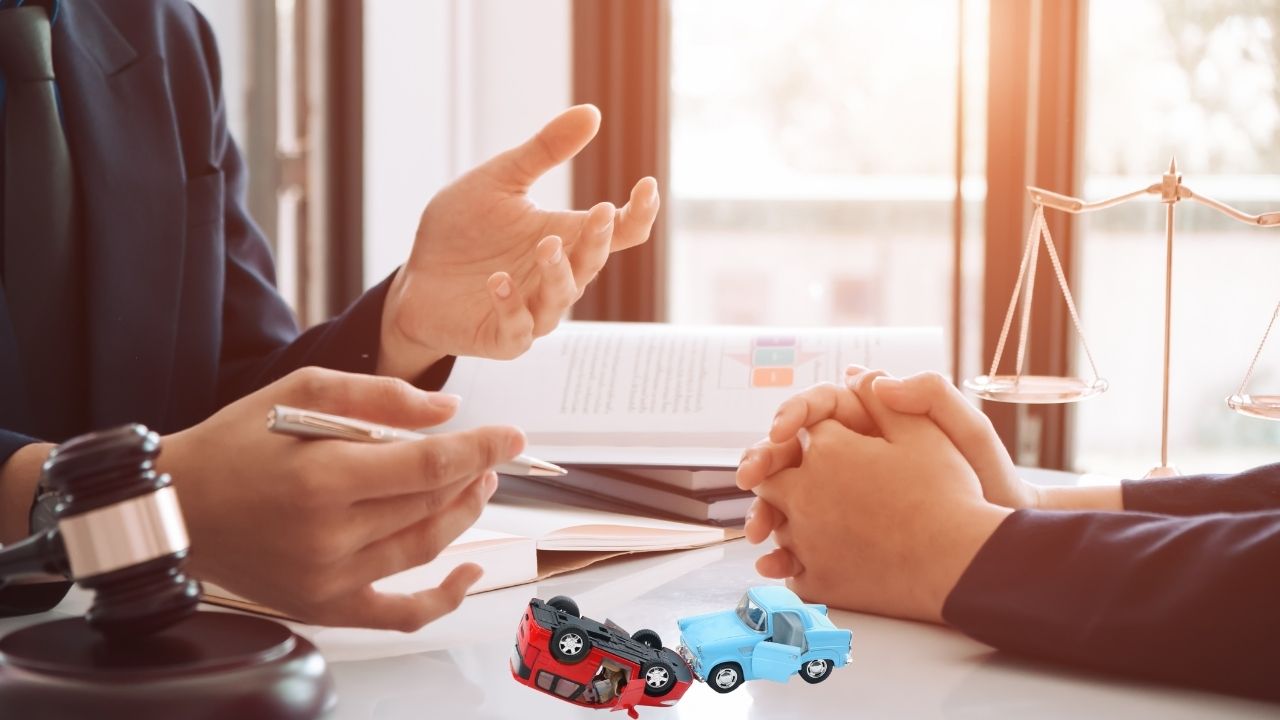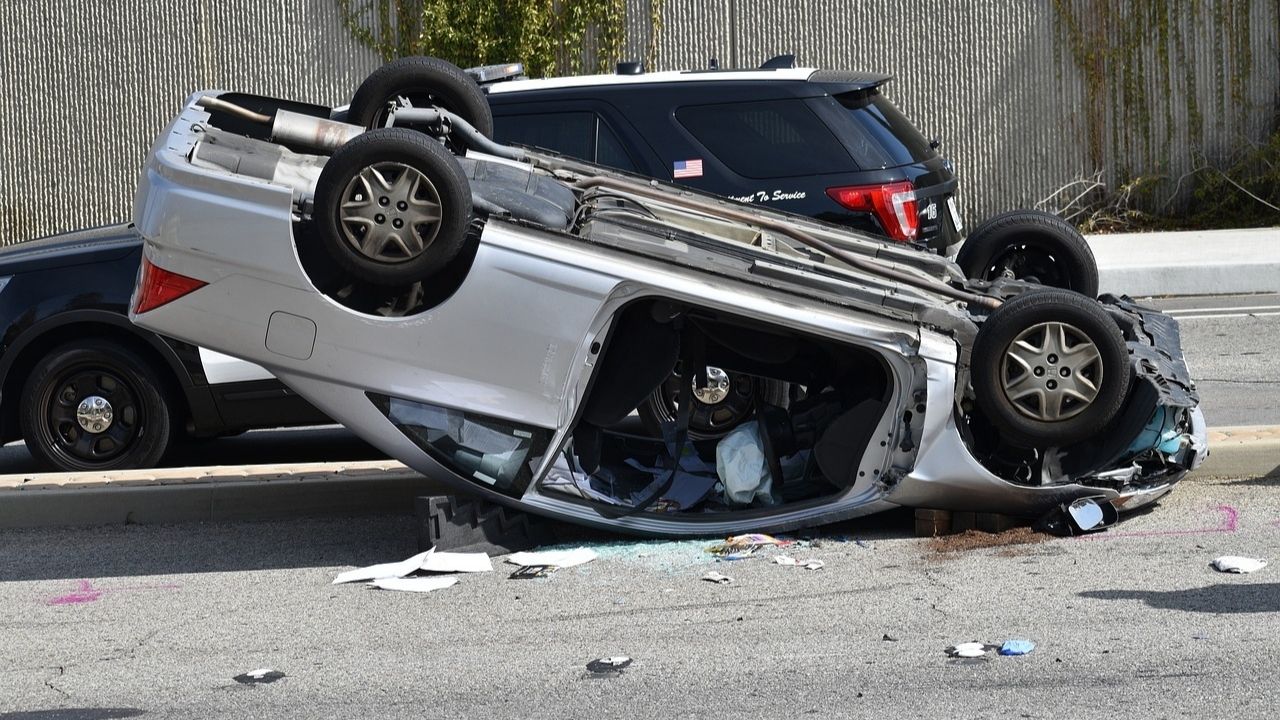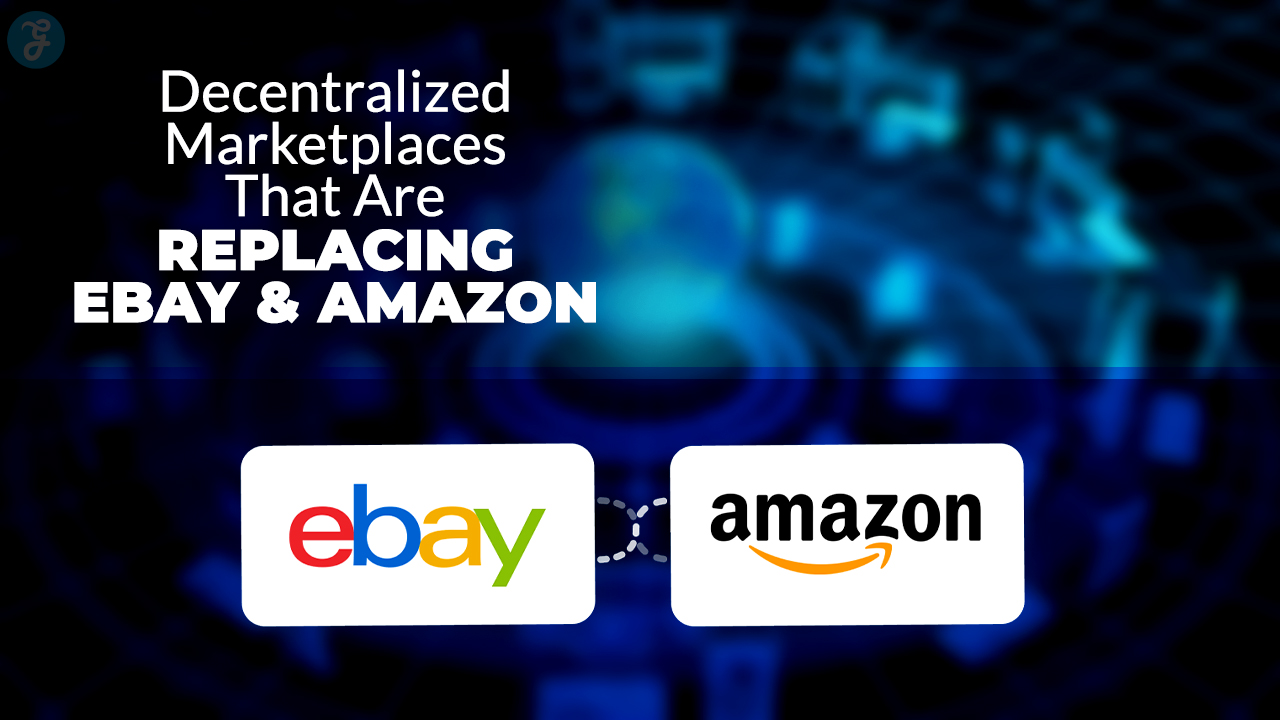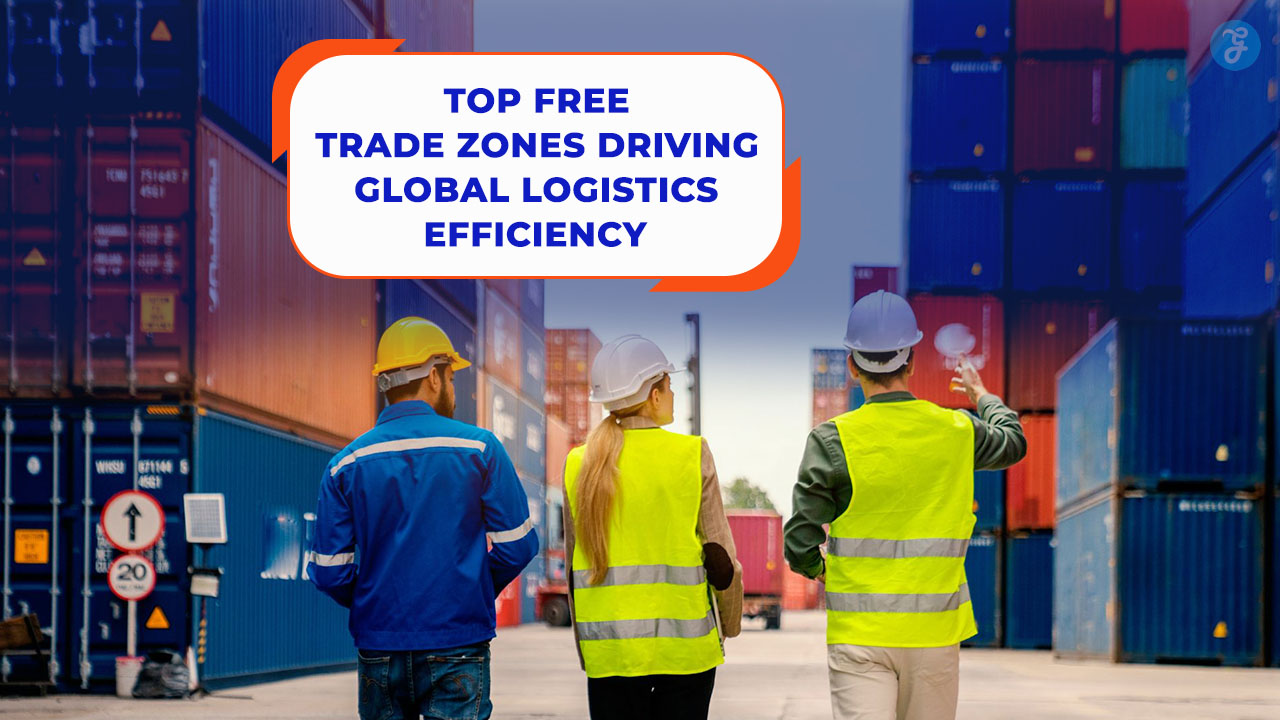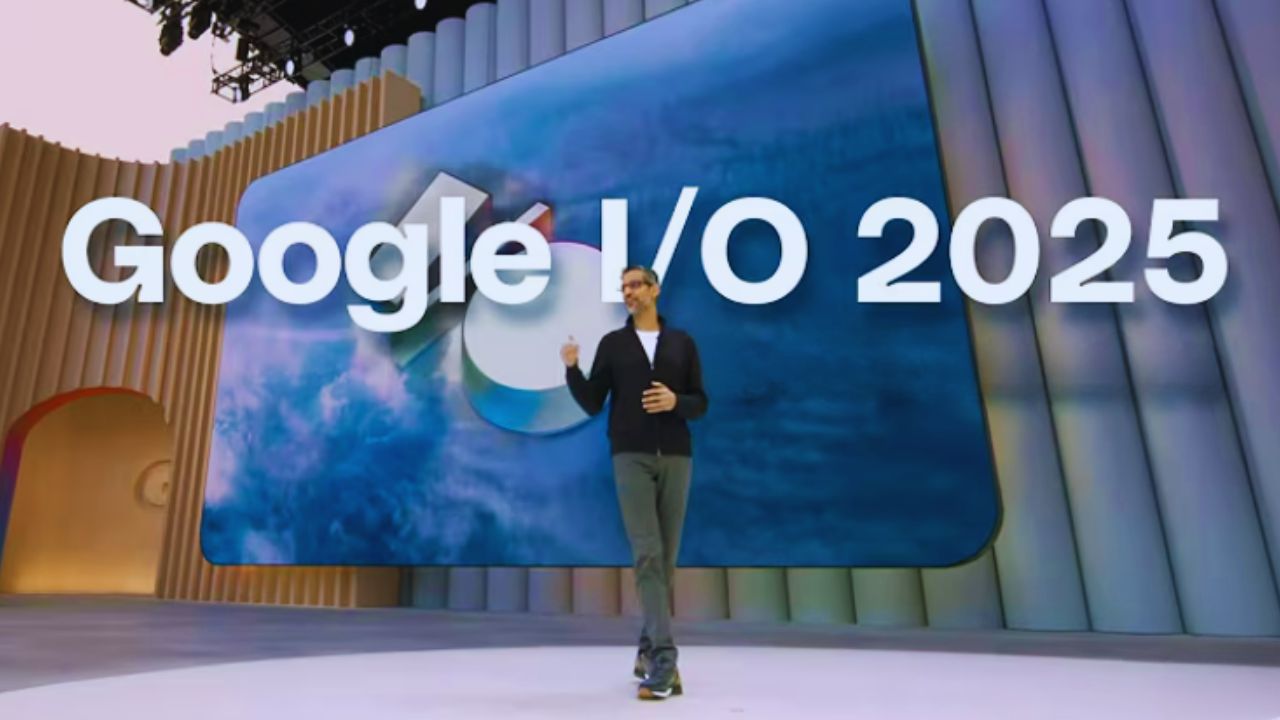In company vehicle accidents, liability typically hinges on whether the employee was acting within the scope of their employment. If the employee was performing job duties, the employer is usually responsible under vicarious liability. However, if the employee deviated for personal errands, they might be personally liable. Vehicle maintenance and insurance coverage also play critical roles in determining liability.
Employers should conduct regular vehicle inspections and maintain inclusive insurance policies. Legal implications can extend to negligent hiring and supervision. Understanding these nuances can clarify responsibilities and liabilities in company vehicle accidents. Learn more to navigate these intricacies thoroughly by consulting an Albuquerque car accident lawyer.
Employer Responsibility
Employers are generally held responsible for accidents involving company vehicles if the employee was acting within the scope of their employment at the time of the incident. This principle highlights employer accountability, requiring thorough safety measures to minimize risks. To guarantee compliance with relevant laws and regulations, employers must implement thorough accident prevention strategies.
To strengthen employer accountability, it’s essential to establish robust training programs tailored to the specific needs of your company’s vehicle usage. These programs should cover defensive driving techniques, regular vehicle maintenance checks, and adherence to traffic laws. By mandating such training, you notably reduce the likelihood of accidents, thereby safeguarding both personnel and assets.
Furthermore, integrating continuous education on evolving safety measures ensures that employees remain vigilant and informed about best practices. Employers should also conduct periodic evaluations to assess the effectiveness of these training programs, making adjustments as necessary to address emerging risks.
Employee Liability
Employees may be held personally liable for accidents involving company vehicles if they were acting outside the scope of their employment or engaging in negligent behavior. When such incidents occur, personal accountability becomes an essential factor in determining legal consequences.
You must understand that any actions taken beyond your assigned duties or in violation of company policies can expose you to significant legal ramifications. This includes reckless driving, intoxication, or unauthorized use of the vehicle.
Insurance requirements also play a pivotal role in these scenarios. If the company’s insurance policy doesn’t cover your actions due to their unauthorized nature, you may face substantial financial responsibility. It’s important to be aware of the terms and limitations of the insurance coverage provided by your employer.
Inadequate comprehension of these terms could leave you personally liable for damages, medical expenses, and legal fees resulting from the accident.
To mitigate such risks, ensure adherence to company policies and exercise caution while operating company vehicles. By doing so, you reduce the likelihood of incurring personal liability and the associated legal and financial burdens.
Always act within the boundaries of your employment to safeguard yourself against potential consequences.
Scope of Employment
Understanding the extent of employment is fundamental in determining liability in company vehicle accidents. When an employee is involved in a vehicular incident while carrying out tasks within their work scope, the employer may be held liable under the doctrine of vicarious liability. This principle hinges on whether the employee was performing duties that benefit the employer at the time of the accident.
To assess the extent of employment, you need to evaluate whether the employee’s actions were authorized and if they directly related to their job functions. For example, driving to a client meeting typically falls within the scope, while detouring for personal errands does not. If the employee’s actions deviate from their work responsibilities, the employer may argue that they were acting outside the employment scope, potentially shifting liability away from the company.
Additionally, negligent supervision can further complicate liability. If an employer fails to adequately oversee their employees’ conduct and this negligence contributes to an accident, the employer might still be liable.
Workers’ compensation can provide benefits to employees injured in such accidents, but it doesn’t absolve the employer from liability arising from negligent supervision or actions within the work scope.
Vehicle Maintenance
Proper vehicle upkeep is vital in preventing accidents and determining liability in company vehicle incidents. As a company, you must implement strict preventive measures to guarantee all vehicles are in peak condition. Regular inspections and adherence to strict repair schedules can greatly reduce the risk of malfunctions that could lead to accidents.
By establishing a thorough maintenance plan, you demonstrate due diligence, which is crucial in liability cases. A well-documented repair schedule provides evidence that the company took all necessary steps to keep the vehicles safe. This can be a key factor in defending against claims of negligence.
It’s also essential to train employees on the importance of reporting any vehicle issues immediately. Prompt attention to minor repairs can prevent more severe problems down the line. Additionally, making sure that all maintenance activities are recorded meticulously will help in substantiating the company’s commitment to safety.
Neglecting proper vehicle upkeep not only increases the risk of accidents but also exposes the company to substantial legal liability. As such, adopting strict preventive measures, maintaining detailed repair schedules, and ensuring prompt repairs is vital for minimizing risks and safeguarding the company’s legal interests.
Third-Party Involvement
When third-party involvement occurs in a company vehicle accident, you must scrutinize liability factors to identify the responsible parties. Understanding the insurance coverage implications is vital for determining compensation and mitigating financial risks.
Accurate analysis guarantees that liability is appropriately assigned and insurance policies are effectively utilized.
Determining Liability Factors
Evaluating responsibility in company vehicle accidents often hinges on the involvement of third parties, such as other drivers, pedestrians, or even manufacturers of vehicle components. When a third party is involved, a detailed responsibility assessment becomes essential. This evaluation examines various legal implications, including contributory negligence and statutory violations. As you explore determining fault, you must meticulously analyze evidence such as witness statements, traffic camera footage, and accident reports.
It’s important to understand that pinpointing responsibility isn’t just about identifying who was present at the scene. You must also consider whether any third party’s actions directly contributed to the accident. For instance, if a pedestrian suddenly crossed the road outside a crosswalk, their actions might significantly impact the responsibility assessment.
Additionally, when third parties like vehicle manufacturers are implicated, you examine potential product defects or mechanical failures. This requires expert testimony and technical analysis to substantiate claims.
Understanding insurance coverage complexities is crucial. Different policies may cover various parties, and determining fault intricately affects which insurance policy will ultimately bear the financial burden. By thoroughly investigating these factors, you guarantee a precise determination of responsibility, safeguarding your company’s legal and financial interests.
Insurance Coverage Implications
Understanding the insurance coverage implications in company vehicle accidents involving third parties requires a detailed analysis of policy provisions and liability determinations. You must scrutinize coverage limits and exclusions within the company’s insurance policy to ascertain the extent of financial protection available. Coverage limits define the maximum amount the insurer will pay for damages, while exclusions specify scenarios where coverage won’t apply.
In the event of an accident, the claim process commences with the insured notifying the insurer promptly. Accurate documentation and adherence to policy requirements are essential to expedite the process. Disputes often arise over the interpretation of policy language, particularly concerning coverage limits and exclusions. It’s vital to engage in thorough documentation and clear communication with the insurer to mitigate such disputes.
When third parties are involved, their claims can greatly impact the overall liability exposure. The insurer typically negotiates settlements, but unresolved disputes may necessitate litigation. Understanding the intricacies of your company’s insurance policy will enable you to navigate the claim process effectively, address disputes proactively, and comply with all legal obligations. Hence, meticulous attention to policy provisions is vital to safeguard against financial liabilities.
Insurance Coverage
When evaluating insurance coverage for company vehicle accidents, you must consider both employer liability coverage and the employee’s personal insurance.
Employer liability coverage typically addresses damages and injuries incurred during the course of employment.
However, personal insurance may also play a role depending on the specifics of the incident and the terms of the policies involved.
Employer Liability Coverage
Employer liability coverage is an essential component of insurance that protects businesses from financial loss due to employee-involved vehicle accidents. This type of coverage guarantees that, when an employee is at fault in a vehicle accident while performing work duties, the employer’s insurance policy will cover the resulting damages. Understanding the nuances of employer liability coverage, including liability limits and coverage exclusions, is vital for safeguarding your business.
Liability limits define the maximum amount an insurer will pay for a covered claim. It’s crucial to assess these limits carefully to make sure they’re sufficient to cover potential high-cost claims, which could otherwise jeopardize your business’s financial stability.
Conversely, coverage exclusions outline specific scenarios or conditions under which the insurance policy won’t provide coverage. Common exclusions may include incidents involving unauthorized use of the company vehicle or accidents occurring outside the scope of employment duties.
To mitigate risk, you should regularly review and update your employer liability coverage policy. This guarantees it aligns with your business operations and adequately protects against evolving risks. Consulting with an insurance professional can provide further clarity and help you tailor the coverage to your specific needs.
Employee Personal Insurance
In addition to employer liability coverage, employee personal insurance plays a crucial role in managing the financial repercussions of vehicle accidents. While an employer’s policy often takes precedence, your personal auto insurance can provide supplementary coverage, filling gaps that may arise. It’s crucial to understand your coverage options and liability limits to make sure you’re adequately protected.
Primarily, personal auto insurance policies include liability coverage, which can extend to incidents involving company vehicles, depending on the terms of the policy. If the employer’s insurance is insufficient or denies a claim, your personal liability limits could cover additional costs, such as medical expenses or property damage.
Moreover, uninsured and underinsured motorist coverage is another crucial aspect of your personal insurance. This coverage protects you in accidents involving drivers who lack adequate insurance.
Legal Implications
Understanding the legal implications of company vehicle accidents necessitates a thorough analysis of liability and the specific circumstances surrounding the incident. You must consider various factors influencing liability determinations, such as the nature of the employee’s duties, the timing of the accident, and whether the employee was acting within the scope of their employment. These aspects critically impact the legal consequences for both the employer and the employee.
When an employee is involved in an accident while performing job-related tasks, the employer typically bears responsibility under the doctrine of respondeat superior. This legal principle holds an employer liable for the actions of its employees performed within the scope of employment. However, should the employee deviate from their assigned duties, such as engaging in personal errands, liability may shift entirely to the employee.
Moreover, if negligent hiring, supervision, or maintenance of the vehicle is proven, the employer could face additional legal ramifications. Such negligence may significantly influence the outcome of liability determinations, potentially exacerbating the employer’s legal exposure.
Therefore, understanding these legal nuances is crucial for effective risk management and ensuring adherence to legal standards.
Risk Mitigation Strategies
To effectively reduce the risks associated with company vehicle accidents, you must implement thorough policies and training programs tailored to promote safe driving practices. Begin by establishing detailed driver training sessions that highlight the importance of following traffic laws and regulations. These training modules should cover defensive driving techniques, proper vehicle maintenance checks, and emergency response strategies.
Additionally, develop and enforce strong safety protocols to ensure consistency in safe driving behaviors. Mandate regular vehicle inspections and routine maintenance to prevent mechanical failures. Implement a zero-tolerance policy for impaired driving, including the prohibition of alcohol and drug use while operating company vehicles. Furthermore, incorporate the use of telematics systems to monitor driving patterns, thereby identifying and correcting hazardous behaviors such as speeding or harsh braking.
Moreover, incentivize safe driving by recognizing and rewarding employees who consistently demonstrate adherence to safety protocols. Establish clear consequences for violations, which may include retraining or disciplinary actions.
Reporting Procedures
Having established robust risk mitigation strategies, it’s essential to outline clear and immediate reporting procedures in the event of a company vehicle accident. Prompt reporting is critical for initiating the claim process and facilitating thorough accident investigation.
Firstly, make sure employees are trained to report incidents immediately to their supervisors. Employee training should include the importance of timely reporting and the specific steps to follow. Employees must document the incident accurately, capturing all relevant details such as time, location, and involved parties. This incident documentation is essential for the subsequent claim process and legal compliance.
Next, supervisors should promptly notify the company’s insurance provider and legal team. Immediate notification expedites the claim process, ensuring all necessary information is gathered while it’s fresh. The legal team can then begin an accident investigation to ascertain liability and gather evidence.
Moreover, maintain a centralized incident reporting system where all documentation is stored securely. This system should be accessible to authorized personnel for review and follow-up. Proper documentation and swift reporting not only streamline the claim process but also strengthen the company’s defense in potential litigation.
Frequently Asked Questions
What Should I Do Immediately After a Company Vehicle Accident?
Immediately after a company vehicle accident, you should notify your employer, document the scene, and exchange information. Verify insurance coverage and understand your legal responsibilities to guarantee compliance with company protocols and local laws.
How Do Company Vehicle Accidents Impact Employee Driving Records?
Company vehicle accidents can greatly impact your driving record, affecting insurance implications and legal responsibilities. Accidents may lead to higher premiums and potential legal liabilities, depending on fault and the nature of the incident.
Are Company Vehicles Equipped With Tracking Devices to Monitor Driving Habits?
Yes, company vehicles are often equipped with tracking devices. While enhancing employee monitoring and productivity analysis, these devices raise privacy concerns and necessitate stringent data protection measures to safeguard employees’ personal information and uphold legal standards.
Can Personal Items Damaged in a Company Vehicle Accident Be Reimbursed?
Yes, you can seek reimbursement for personal items damaged in a company vehicle accident. The reimbursement process typically involves verifying insurance coverage and documenting damaged belongings through claims forms and supporting evidence, such as receipts and photos.
What Are the Consequences of Not Reporting a Minor Company Vehicle Accident?
Failing to report a minor company vehicle accident can result in voided insurance coverage and severe legal implications. You’re legally obligated to report, ensuring compliance and protection against potential liability and financial penalties.
Conclusion
To sum up, grasping liability in company vehicle accidents demands thoughtful deliberation of several key aspects:
Employer responsibilities include ensuring well-maintained vehicles and comprehensive insurance coverage.
Employee liability should be considered, along with the scope of employment.
Always assess third-party involvement and adhere to legal obligations. Implement strong risk mitigation strategies and establish clear reporting procedures.
By doing so, you’ll safeguard both your business and employees from possible legal repercussions and financial losses.



